
As a content producer, I take complicated ideas and repurpose them with clear, effective messaging. To do this, I rely on collaboration with different departments. Over time, I’ve realized one thing:
People don’t always communicate the same way I do.
From graphic designers to web developers, sales representatives, and everyone in between, we all have different professional perspectives. Executive leadership personnel and managers are no exceptions either; they have specific criteria they must follow to lead their teams to success. In the professional realm, everyone has deliverables and obligations. Teamwork and open-mindedness are invaluable, regardless of your area of expertise.
Conflicts stem from misunderstandings that have gone unchecked. Somewhere along the way, communication fell apart, leading to tempers flaring and ultimately productivity suffering. Effective communication takes self-reflection, understanding, and a willingness to step away from your own perspective. When you realize that every coworker you have operates as an individual part of a greater whole, the differences in information processing becomes apparent.
So how do you crack the code of communication between departments?
Well, it starts with you and active listening.
- Active listening- A communication technique used in counseling, training, and conflict resolution. It requires that the listener fully concentrates, understands, responds and then remembers what was said.
Personally, I try to keep this in mind as I work with other departments:
Listen to understand, rather than listening to respond.
I’ve trained myself to tune out the noise of my own interpretation. The following are some tips I stick to when it comes to active listening:
- Keep an open mind
- Face the speaker and maintain eye contact during the conversation
- Be attentive and focused, but not overbearing
- Listen to the words you hear and try to envision what the speaker is saying in your mind
- Don’t force your solutions into the conversation. Save solutions for the end of the dialogue, once everything has been expressed
- Wait for the speaker to pause to ask clarifying questions; conversations have a rhythm
Doing these things has made it easier for me to understand people who process information differently than I do. With the proper understanding, it becomes easier for me to deliver their message the way they relate to it.
Actsoft provides the software needed to facilitate communication between departments. Once the directives are established (with active listening), Wireless Forms can be used to send information back and forth (with a host of additional features like photo attachment) to give personnel back at the office the data they need, so they can format it accordingly.
Regardless of the department you work in, communication is key. Active listening is a direct path to achieving clear, consistent understanding. We all have different target audiences that our product or service is geared towards. It’s our responsibility in the workforce to do our research when interacting with different departments so we understand exactly what the goal is.
Have any questions on how Actsoft can help you?
Call (888) 732-6638 or Receive a Live Webinar
















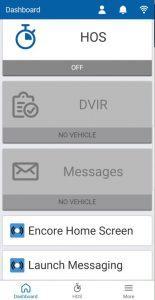
 Encore & Geotab Drive
Encore & Geotab Drive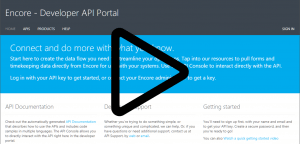
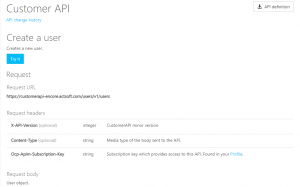
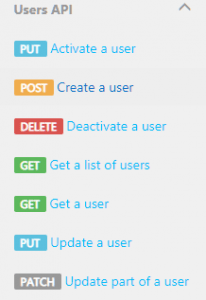
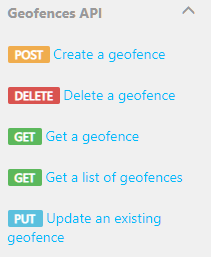

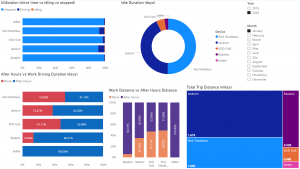
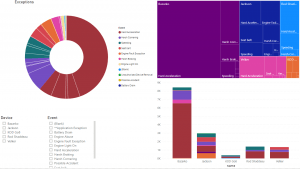
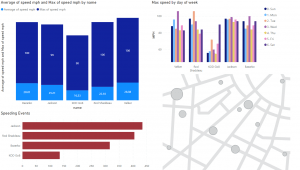
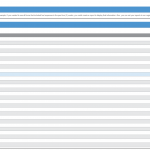
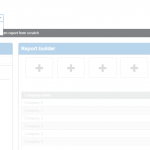
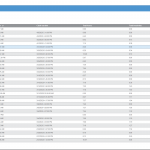
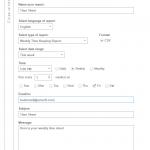


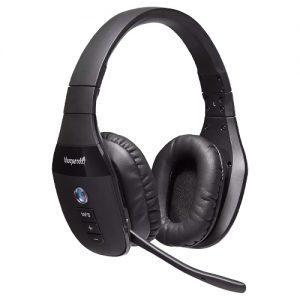
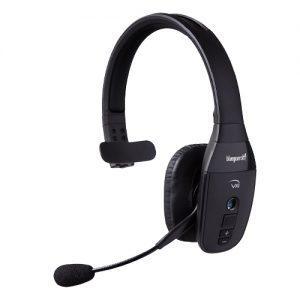
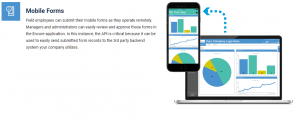
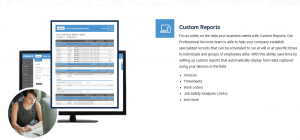
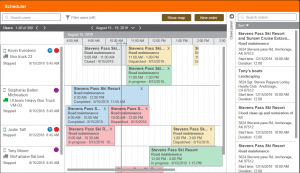
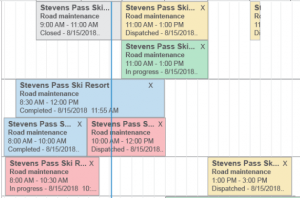
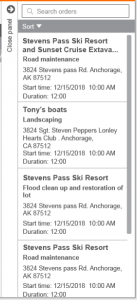
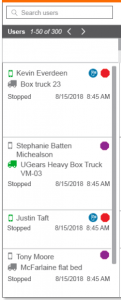
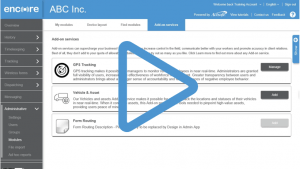
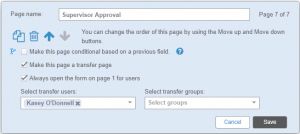
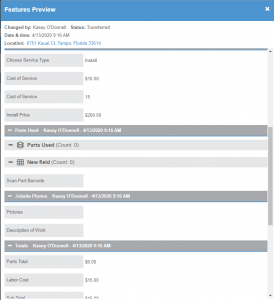
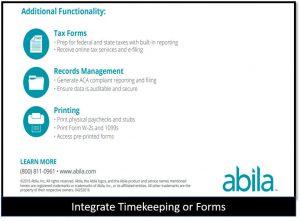
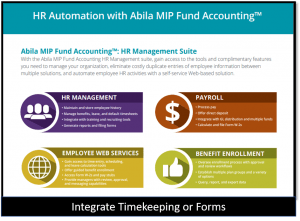

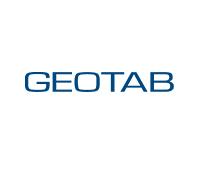 Gain even greater insight into the daily activities of your fleet using the combination of Geotab and Actsoft. Geotab devices provide detailed data collection and seamless integration with our solutions; learn more about the ways your vehicles are being used daily with the power of this tandem.
Gain even greater insight into the daily activities of your fleet using the combination of Geotab and Actsoft. Geotab devices provide detailed data collection and seamless integration with our solutions; learn more about the ways your vehicles are being used daily with the power of this tandem.


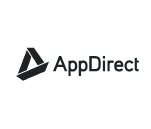
 Actsoft partnered with Odin to provide our solutions overseas, through payment processing integrations. Odin helps us support user management for our software; customers can also purchase our products through Odin’s billing platform.
Actsoft partnered with Odin to provide our solutions overseas, through payment processing integrations. Odin helps us support user management for our software; customers can also purchase our products through Odin’s billing platform.

 VisTracks powers our Electronic Logging Device (ELD) solution, which enables transportation businesses to easily automate their hours of service logs, remain in governmental compliance, and reduce their potential to incur costly fines.
VisTracks powers our Electronic Logging Device (ELD) solution, which enables transportation businesses to easily automate their hours of service logs, remain in governmental compliance, and reduce their potential to incur costly fines. Integration between Actsoft solutions and BeWhere’s software products is available. Take your team’s asset tracking, cellular data connectivity, and field insight a step further with effective, cross-application compatibility.
Integration between Actsoft solutions and BeWhere’s software products is available. Take your team’s asset tracking, cellular data connectivity, and field insight a step further with effective, cross-application compatibility.
 CalAmp tracking devices for vehicles and assets alike are compatible with Actsoft solutions, making it easy for you to efficiently monitor your equipment and fleet cars. Help your team enhance accountability, safety, and savings through a combination of easily installed hardware and intuitive software.
CalAmp tracking devices for vehicles and assets alike are compatible with Actsoft solutions, making it easy for you to efficiently monitor your equipment and fleet cars. Help your team enhance accountability, safety, and savings through a combination of easily installed hardware and intuitive software.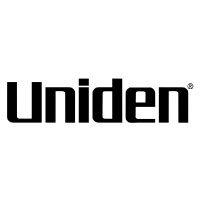 Our partnership with Uniden is ideal for companies looking to gain advanced diagnostics on their fleets. Uniden’s extensive product listing of car electronics like radios, dash cams, radar detectors, and in-vehicle communicators work in concert with Actsoft’s solutions to better connect your vehicles to the company headquarters.
Our partnership with Uniden is ideal for companies looking to gain advanced diagnostics on their fleets. Uniden’s extensive product listing of car electronics like radios, dash cams, radar detectors, and in-vehicle communicators work in concert with Actsoft’s solutions to better connect your vehicles to the company headquarters.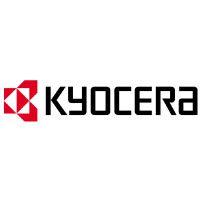 Kyocera offers a wide range of mobile devices, ranging in design from traditional phones to ultra-durable handset technology. Actsoft is able to equip organizations in a variety of different industries with solutions for improved business, while Kyocera supplies the technology they can flawlessly operate on.
Kyocera offers a wide range of mobile devices, ranging in design from traditional phones to ultra-durable handset technology. Actsoft is able to equip organizations in a variety of different industries with solutions for improved business, while Kyocera supplies the technology they can flawlessly operate on.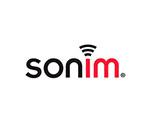

 Our software is the perfect complement to Apple’s user-friendly technology. Equip your workforce with the devices and solutions it needs for optimized productivity during daily operations with Apple and Actsoft.
Our software is the perfect complement to Apple’s user-friendly technology. Equip your workforce with the devices and solutions it needs for optimized productivity during daily operations with Apple and Actsoft.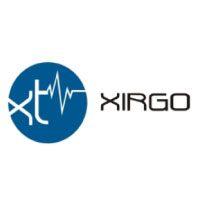
 Actsoft and Sanyo teamed up to merge intuitive business management software with the technology of today. This partnership allows us to provide you with all the tools your team needs for improved workflows, better coordination, and optimized productivity.
Actsoft and Sanyo teamed up to merge intuitive business management software with the technology of today. This partnership allows us to provide you with all the tools your team needs for improved workflows, better coordination, and optimized productivity. Motorola’s mobile technology works in tandem with our solutions to provide extra versatility to your business practices. Coupled with our software’s features, Motorola’s reliable devices make connecting your workforce simpler than ever to do.
Motorola’s mobile technology works in tandem with our solutions to provide extra versatility to your business practices. Coupled with our software’s features, Motorola’s reliable devices make connecting your workforce simpler than ever to do. We’re able to bundle certain solutions of ours (including our Electronic Visit Verification options) with Samsung devices to help your team achieve as much functionality as possible, while keeping rates affordable. Use these combinations for accurate recordkeeping, improved communication, and smarter data collection in the field.
We’re able to bundle certain solutions of ours (including our Electronic Visit Verification options) with Samsung devices to help your team achieve as much functionality as possible, while keeping rates affordable. Use these combinations for accurate recordkeeping, improved communication, and smarter data collection in the field.